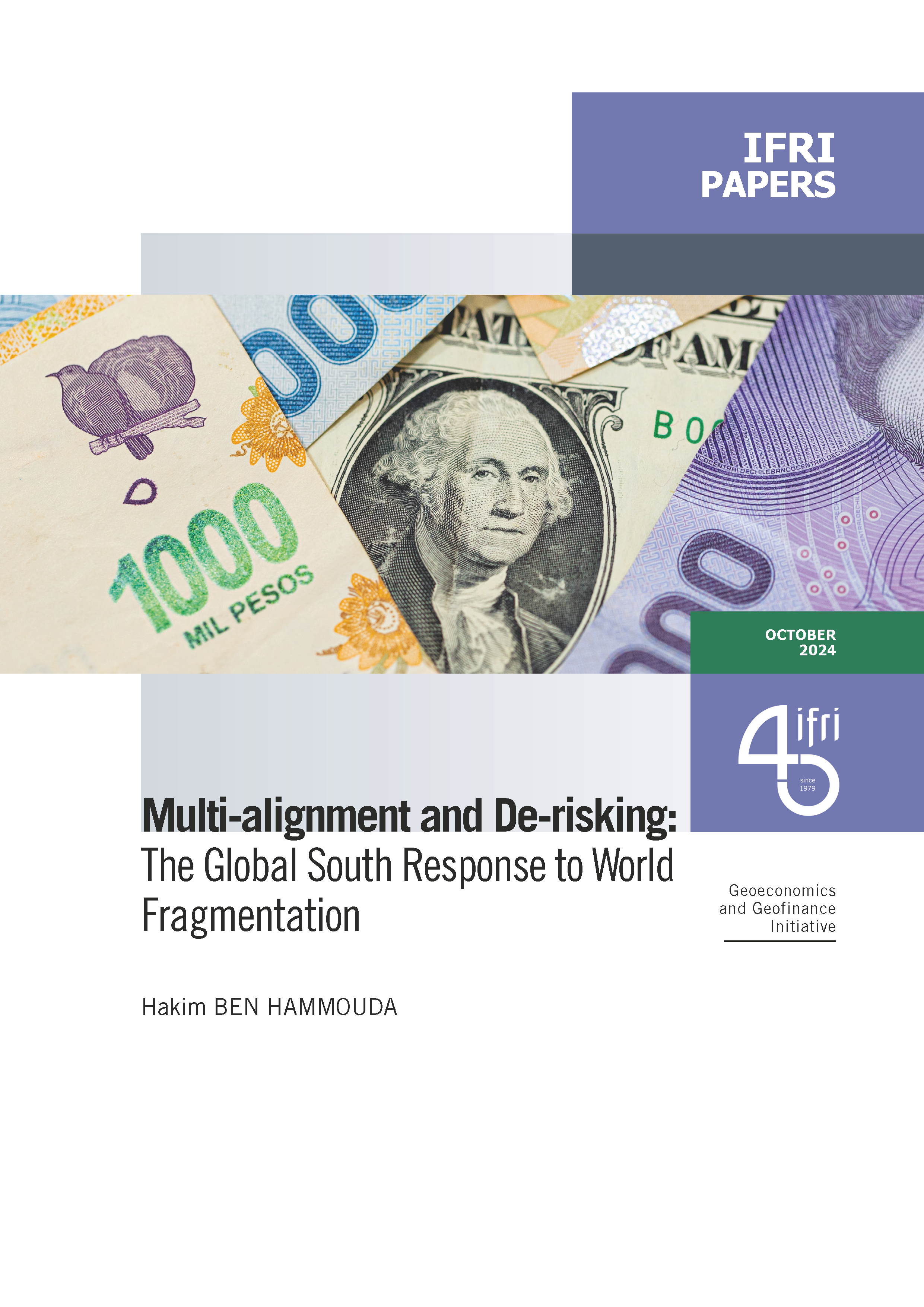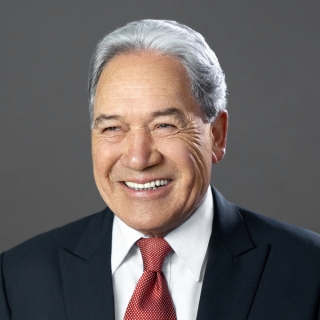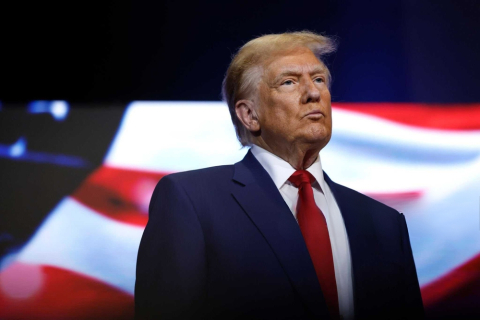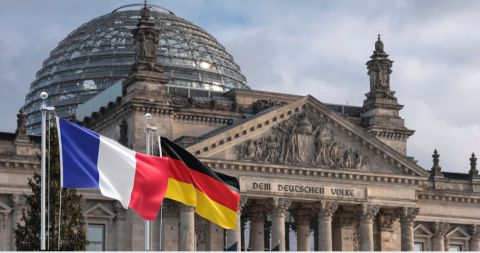De facto Trade Integration and Exchange Rate Policies in East Asia
Economic integration in East Asia has proceeded along very different lines from the European Union experience. While de facto and de jure regional trade integration have gone hand in hand in the latter case, economic interlinkages have kept deepening throughout East Asia in the absence of institutionalized regionalism. Moreover, Europe has gradually emerged as a stable well-structured currency area while exchange rate policies in East Asia are both heterogeneous and uncoordinated. In Europe, monetary cooperation graduated to monetary integration because exchange rate stabilization appeared necessary for the completion of the Single market. In other words, government-led trade integration was clearly instrumental in paving the way for monetary integration. Although such a sequence cannot be expected in East Asia, the chapter argues that de facto trade integration has had an impact on exchange rate policy decisions in East Asia so far and will continue to do so in the future. In this respect, the change in the nature of intra-regional trade patterns can also be expected to influence the exchange rate debate in this part of the world.












